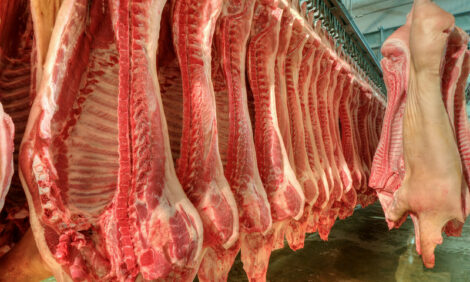



Global Food Prices Expected to Remain Flat in Coming Decade
GLOBAL - The recent period of high agricultural commodity prices is most likely over, say the OECD and FAO in their latest 10-year Outlook.The 'OECD-FAO Agricultural Outlook 2016-2025', projects inflation-adjusted agricultural commodity prices will remain relatively flat overall in the coming decade. However, livestock prices are expected to rise relative to those for crops.
Food consumer prices are expected to be less volatile than agricultural producer prices over the coming decade.
As incomes improve, especially in emerging economies, demand for meat, fish and poultry will demonstrate strong growth. This creates additional demand for feed grains, causing their prices to rise prices relative to food staples such as wheat and rice.
Globally, the increased demand for food and feed for a growing and more affluent population is projected to be mostly met through productivity gains.
Yield improvements are expected to account for about 80 per cent of the increase in crop output.
The two organisations predicted that the number of undernourished people in the world would fall from around 800 million now to under 650 million in 2025, due to increased food availability.
"Significant production growth is needed to meet the expanding demand for food, feed and raw products for industrial uses, and all of these have to be done in a sustainable way," said FAO Director-General José Graziano da Silva.
"We are optimistic that most of that future demand for agricultural commodities will be mainly met through productivity gains rather than expansion of crop area or livestock herds," he added.
Global agricultural trade is expected to grow by 1.8 per cent per annum in volume during the next ten years, compared to 4.3 per cent per year over the past decade. Exports will originate from just a few countries, whilst imports will be more spread between a number of countries.
OECD and FAO emphasised the importance of well-functioning markets in enabling food to flow from surplus to deficit regions and improving food security.








